Home>Gardening & Outdoor>Landscaping Ideas>When Is The Best Time To Plant Grass Seed In Virginia
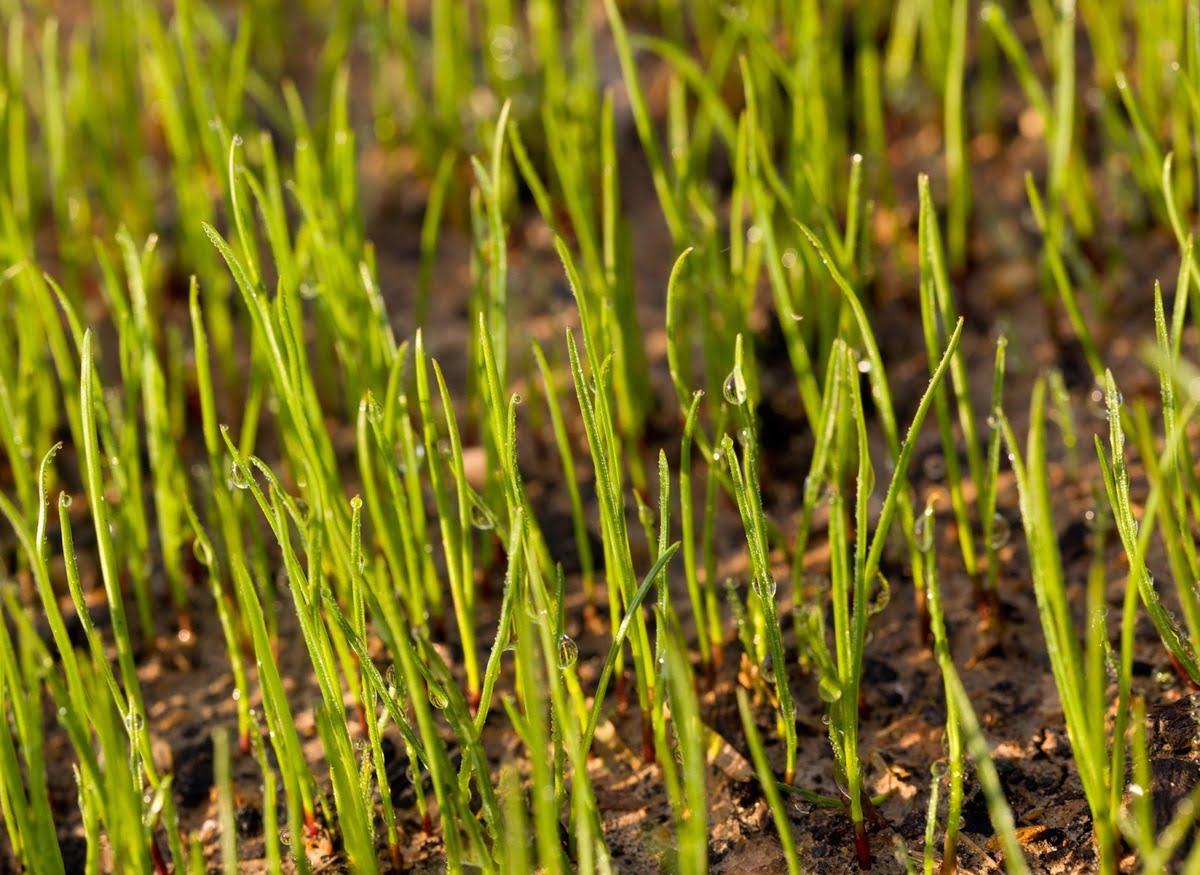

Landscaping Ideas
When Is The Best Time To Plant Grass Seed In Virginia
Modified: March 28, 2024
Find the ideal time for planting grass seed in Virginia with our expert landscaping ideas. Ensure a lush, thriving lawn with our seasonal planting guide.
(Many of the links in this article redirect to a specific reviewed product. Your purchase of these products through affiliate links helps to generate commission for Storables.com, at no extra cost. Learn more)
Introduction
Welcome to the beautiful state of Virginia, where the rolling hills, lush forests, and diverse landscapes create a stunning backdrop for homes and gardens. Whether you’re a new homeowner looking to establish a vibrant lawn or a seasoned gardener aiming to revitalize your outdoor space, understanding the best time to plant grass seed is crucial for success. In this guide, we’ll delve into the unique climate of Virginia and explore the optimal conditions for seeding a luscious, resilient lawn. By considering various factors and implementing expert tips, you can ensure that your grass seed thrives and transforms your outdoor space into a verdant oasis.
Key Takeaways:
- The best time to plant grass seed in Virginia is late summer to early fall or early spring, aligning with soil temperature and moisture levels for successful germination and growth.
- Factors such as grass species, soil temperature, and post-seeding care are crucial for establishing a resilient, vibrant lawn in Virginia’s diverse climate.
Read more: When To Plant Grass Seed Virginia
Understanding Virginia’s Climate
Virginia boasts a diverse climate that varies from the coastal regions to the mountainous areas, creating a tapestry of microclimates across the state. Generally, Virginia experiences a humid subtropical climate in the eastern and central regions, characterized by hot, humid summers and mild winters. Moving westward, the climate transitions to a humid continental climate, marked by slightly cooler summers and colder winters with regular snowfall in the mountainous areas.
The state’s varying elevations further contribute to its climatic diversity. The coastal areas enjoy milder temperatures, while the mountainous regions experience cooler conditions, especially at higher altitudes. Additionally, the proximity to the Atlantic Ocean influences the climate, bringing moisture-laden air that can result in higher precipitation levels, particularly in the eastern part of the state.
Understanding Virginia’s climate is essential when planning any landscaping or gardening activities, including grass seeding. By considering the unique climatic conditions of your specific location within the state, you can make informed decisions regarding the types of grass seed that are best suited to thrive in your area.
Best Time to Plant Grass Seed in Virginia
Choosing the optimal time to plant grass seed in Virginia is pivotal to the success of your lawn. Generally, the best time to sow grass seed in Virginia is during the late summer to early fall, typically from mid-August to mid-September. During this period, the soil retains warmth from the summer months, creating favorable conditions for seed germination. Additionally, the cooler temperatures of early fall reduce the stress on the emerging grass seedlings, promoting healthy establishment before winter sets in.
Another advantageous window for planting grass seed in Virginia is in early spring, typically from late March to mid-April. As the temperatures begin to rise and the soil gradually warms up, this period provides an ideal environment for seed germination and early growth. However, it’s important to note that spring planting may require more diligent watering and maintenance, as the emerging grass seedlings will face the challenges of increasing temperatures and potential dry spells as summer approaches.
It’s crucial to avoid seeding during the peak summer months in Virginia, particularly from late June to early August, when the intense heat and dry conditions can hinder germination and put stress on young grass seedlings. Similarly, late fall planting, beyond mid-October, may not allow sufficient time for the grass seedlings to establish strong root systems before the onset of winter dormancy, potentially compromising their resilience.
By aligning your grass seeding activities with these optimal time frames, you can maximize the chances of successful germination and establishment, setting the stage for a vibrant and resilient lawn in your Virginia landscape.
The best time to plant grass seed in Virginia is in the late summer or early fall, between mid-August and mid-September. This allows the seeds to establish before winter and thrive in the following spring.
Factors to Consider
When determining the best time to plant grass seed in Virginia, several key factors should be taken into account to ensure the success of your lawn establishment efforts. Understanding and addressing these factors can significantly impact the germination, growth, and long-term health of your grass seedlings.
- Grass Species: Selecting the right grass species that is well-suited to Virginia’s climate and soil conditions is essential. Cool-season grasses such as Kentucky bluegrass, tall fescue, and fine fescue are popular choices in Virginia, offering resilience in the face of the state’s varying temperatures and precipitation levels.
- Soil Temperature: Monitoring the soil temperature is critical when determining the optimal time for grass seeding. Aim to sow the grass seed when the soil temperature is conducive to germination, typically between 50°F and 65°F for cool-season grasses. Utilizing a soil thermometer can provide accurate readings for informed decision-making.
- Moisture Levels: Adequate moisture is essential for successful seed germination and early growth. Consider the prevailing moisture levels in your area and plan your seeding activities to align with periods of consistent, moderate moisture. Additionally, be prepared to supplement natural rainfall with regular, light watering to ensure the soil remains moist but not waterlogged.
- Shade and Sunlight: Assess the sunlight exposure and shade patterns in your lawn area. Different grass species have varying sunlight requirements, so understanding the light conditions will aid in selecting the most suitable grass seed for your specific landscape.
- Pest and Weed Control: Addressing potential pest and weed issues before seeding is crucial. Consider implementing pre-emergent weed control measures and addressing any existing weed or pest problems to provide the newly seeded area with the best possible environment for growth.
By carefully considering these factors and tailoring your grass seeding activities to align with the specific conditions of your lawn and the broader Virginia climate, you can set the stage for successful grass establishment and long-term vitality.
Tips for Successful Grass Seeding
Embarking on a grass seeding project in Virginia requires careful planning and diligent execution to achieve optimal results. By incorporating the following expert tips into your grass seeding endeavors, you can enhance the likelihood of successful germination, robust growth, and the development of a lush, resilient lawn.
- Soil Preparation: Before seeding, prepare the soil by removing debris, tilling the surface, and addressing any soil compaction. Incorporating organic matter such as compost can improve soil structure and enhance the conditions for seed germination.
- Seed Selection: Choose high-quality grass seed that is well-suited to Virginia’s climate and your specific lawn conditions. Consider factors such as drought tolerance, disease resistance, and the intended use of the lawn (e.g., high-traffic areas or ornamental spaces) when selecting the appropriate grass species and cultivars.
- Even Seed Distribution: Ensure uniform seed distribution across the lawn area to promote consistent growth. Using a seed spreader or broadcaster can help achieve even coverage and prevent over-seeding or sparse patches.
- Appropriate Seeding Depth: Follow the recommended seeding depth for the chosen grass species. In general, cool-season grasses should be sown at a depth of around ¼ to ½ inch for optimal germination and establishment.
- Watering Regimen: Maintain consistent moisture levels in the seeded area by watering lightly and frequently. Avoid overwatering, which can lead to waterlogging, and ensure that the soil remains consistently moist to support germination and early growth.
- Post-Seeding Care: Implement a comprehensive maintenance plan after seeding, including regular watering, monitoring for emerging weeds, and avoiding heavy foot traffic on the newly seeded area. Consider applying a starter fertilizer to provide essential nutrients for the developing seedlings.
- Monitoring and Patience: Regularly monitor the progress of the grass seedlings and exercise patience as they establish and grow. It’s normal for germination to take several weeks, and the full development of the lawn may require several months. By maintaining consistent care and attention, you can nurture a thriving, vibrant lawn in your Virginia landscape.
By incorporating these tips into your grass seeding strategy, you can lay a solid foundation for a healthy, verdant lawn that enhances the beauty and functionality of your outdoor space in Virginia.
Read more: When To Plant Grass Seed In Virginia
Conclusion
Planting grass seed in Virginia is a rewarding endeavor that can transform your outdoor space into a lush, inviting landscape. By understanding the unique climate of Virginia and carefully considering the best time for grass seeding, you can set the stage for successful lawn establishment. Whether you opt for the favorable conditions of late summer to early fall or the gradual warmth of early spring, aligning your seeding activities with the optimal time frames can significantly impact the germination and long-term vitality of your lawn.
Furthermore, by taking into account crucial factors such as grass species, soil temperature, moisture levels, and sunlight exposure, you can tailor your grass seeding approach to suit the specific conditions of your lawn and the broader Virginia climate. This thoughtful consideration can enhance the likelihood of successful seed germination, robust growth, and the development of a resilient, vibrant lawn that thrives in the diverse landscapes of the state.
As you embark on your grass seeding journey, incorporating expert tips such as thorough soil preparation, strategic seed selection, and diligent post-seeding care can further elevate the success of your lawn establishment efforts. By maintaining consistent attention and patience throughout the process, you can nurture a thriving, verdant lawn that enhances the beauty and functionality of your outdoor space in Virginia.
In closing, the best time to plant grass seed in Virginia, coupled with a thorough understanding of the state’s climate, key factors, and expert tips, can empower you to create a resilient, vibrant lawn that flourishes amidst the diverse landscapes and climates of the state. With careful planning, thoughtful execution, and a touch of patience, you can cultivate a stunning, thriving lawn that enriches your outdoor living experience in Virginia.
Frequently Asked Questions about When Is The Best Time To Plant Grass Seed In Virginia
Was this page helpful?
At Storables.com, we guarantee accurate and reliable information. Our content, validated by Expert Board Contributors, is crafted following stringent Editorial Policies. We're committed to providing you with well-researched, expert-backed insights for all your informational needs.
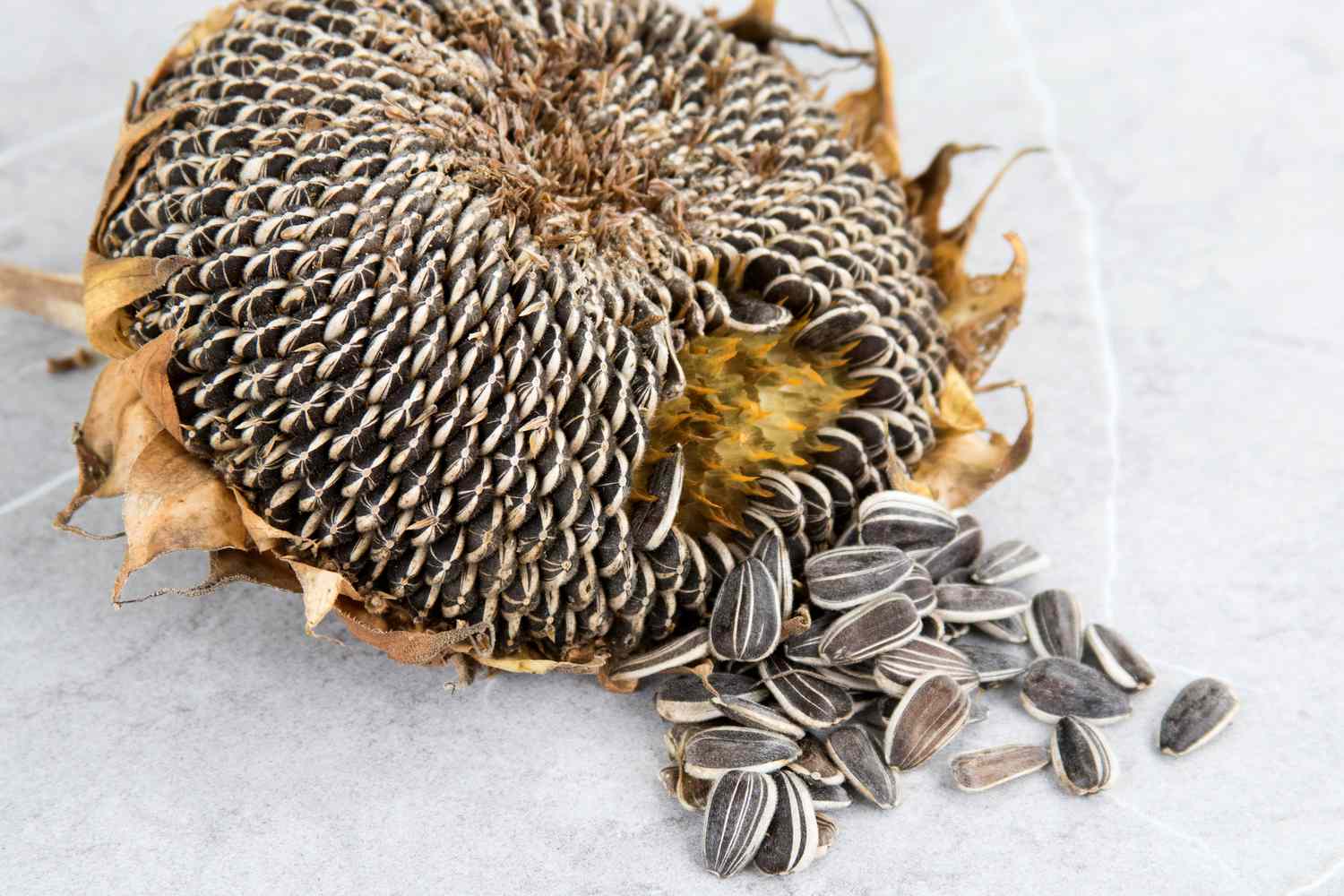
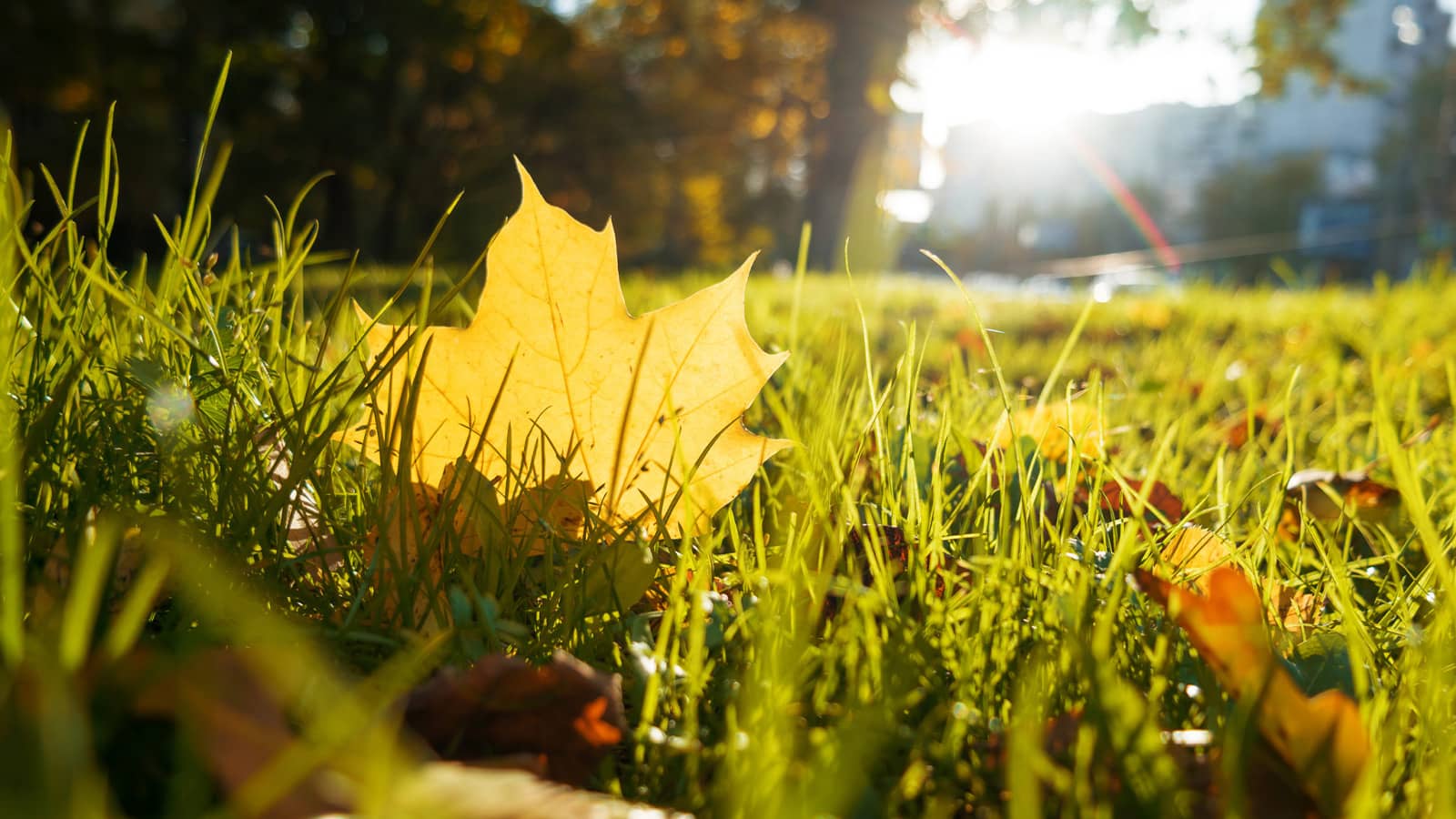
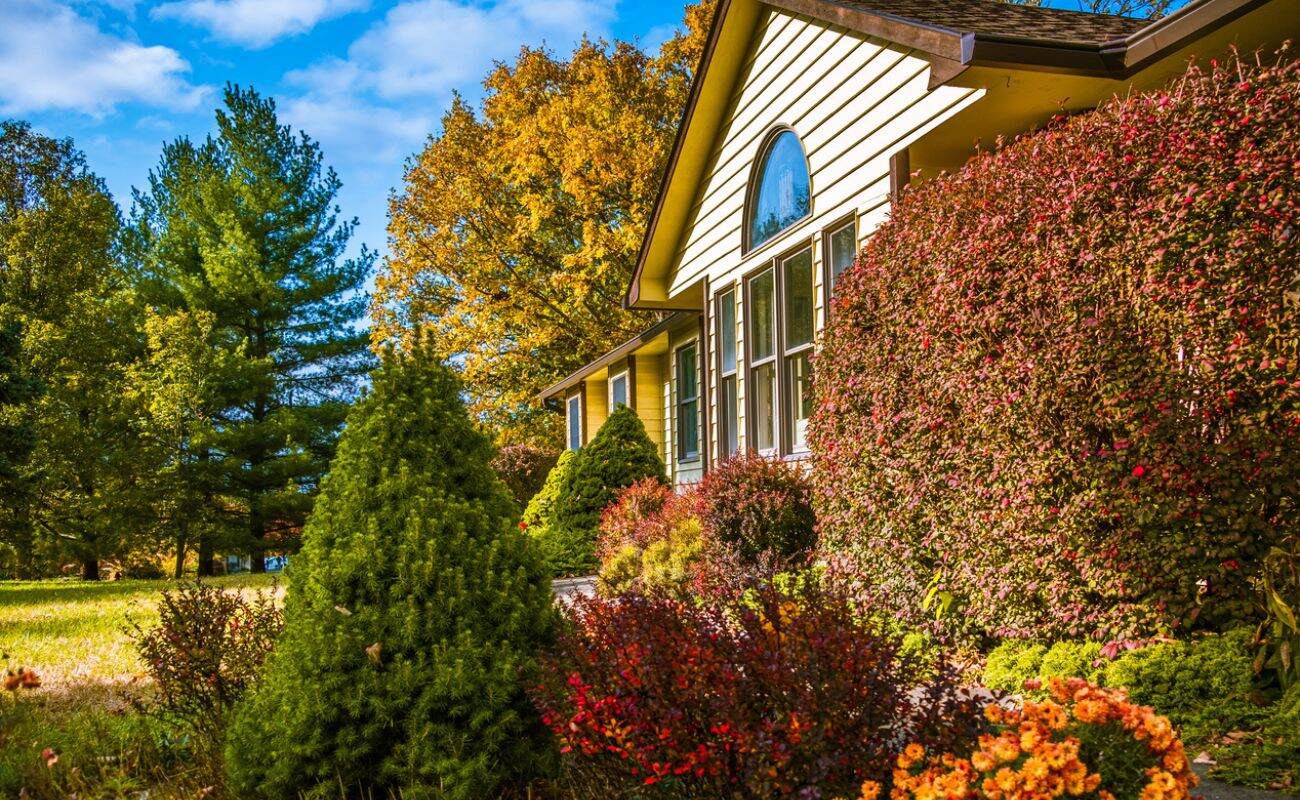
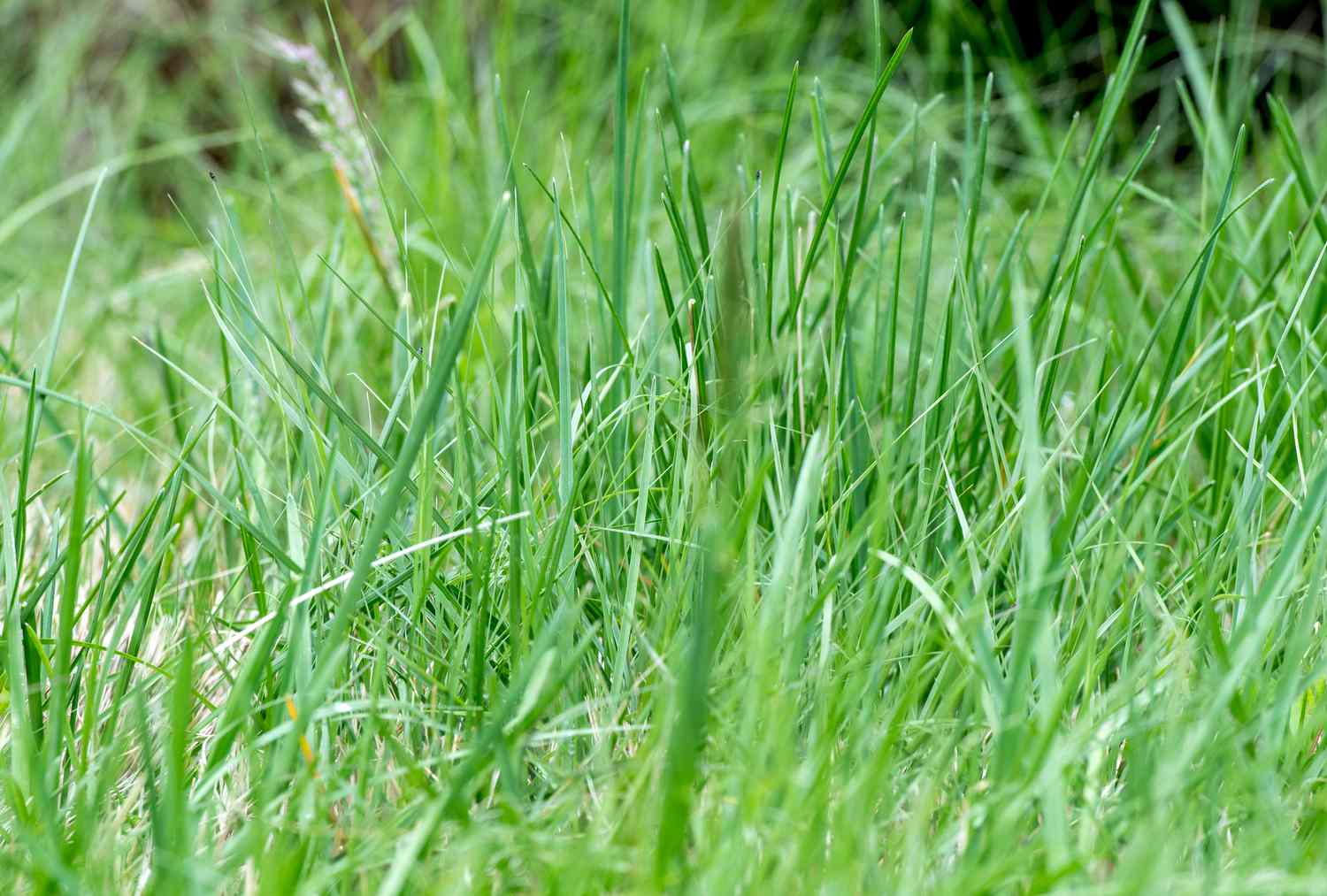
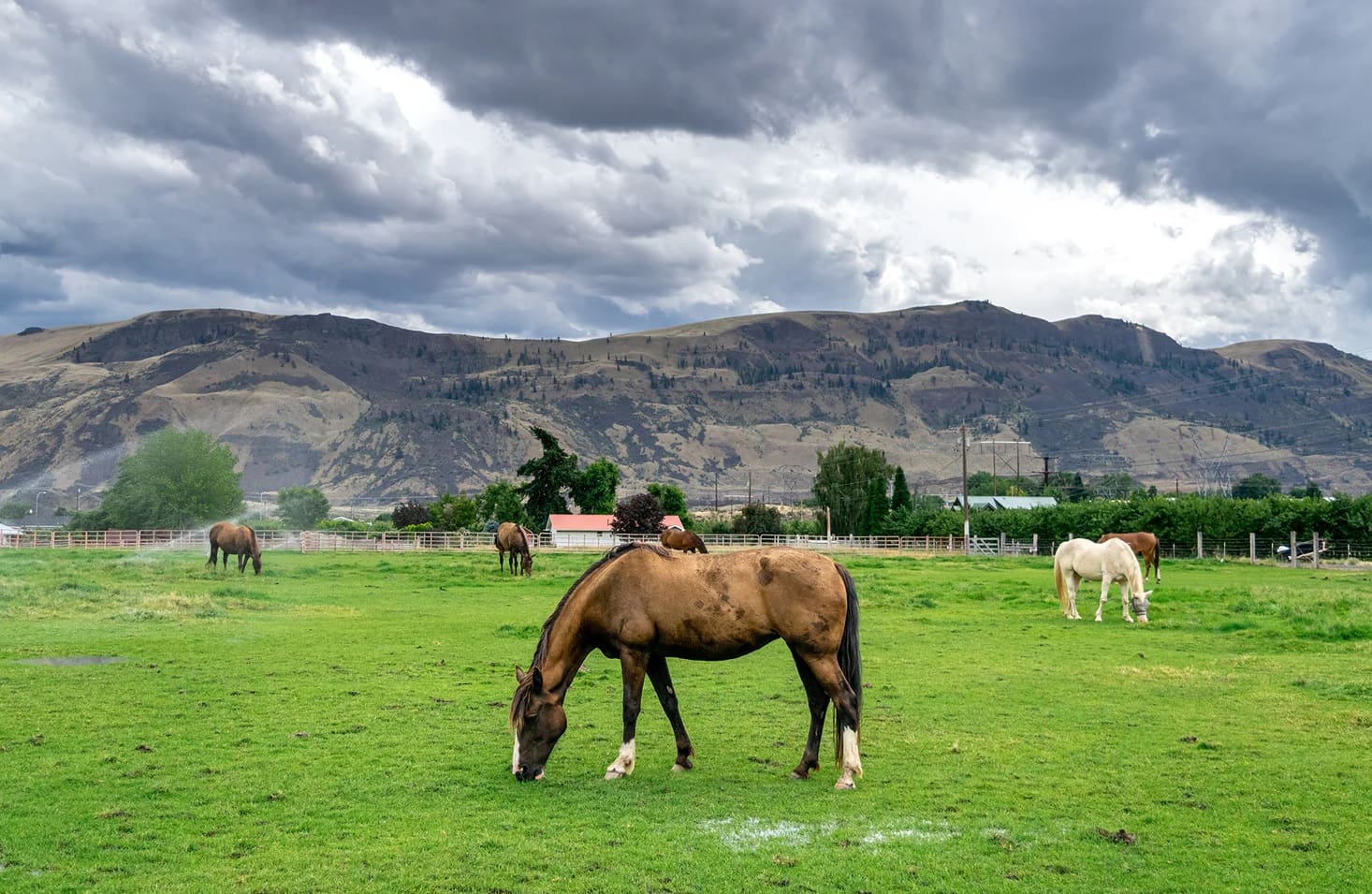
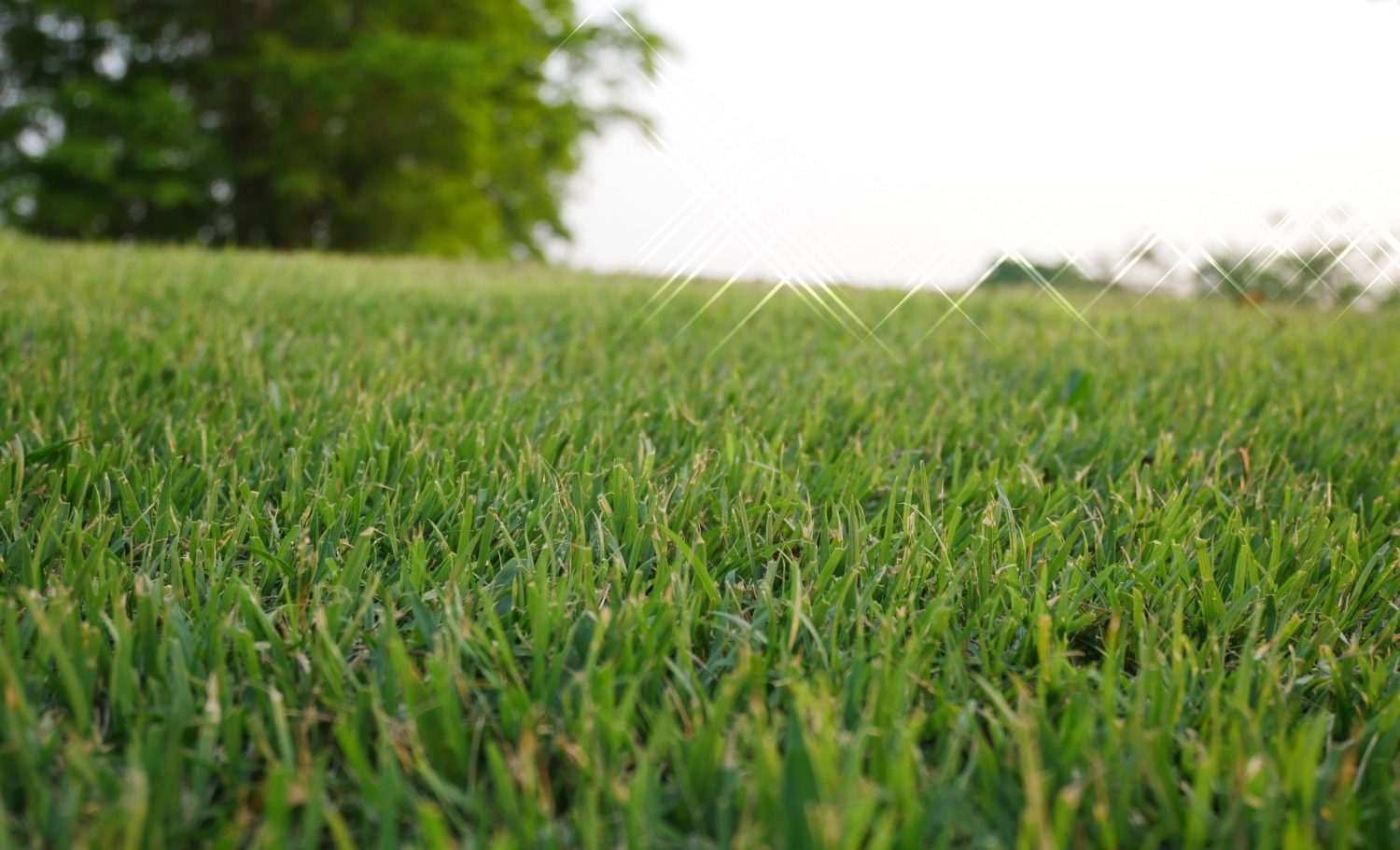
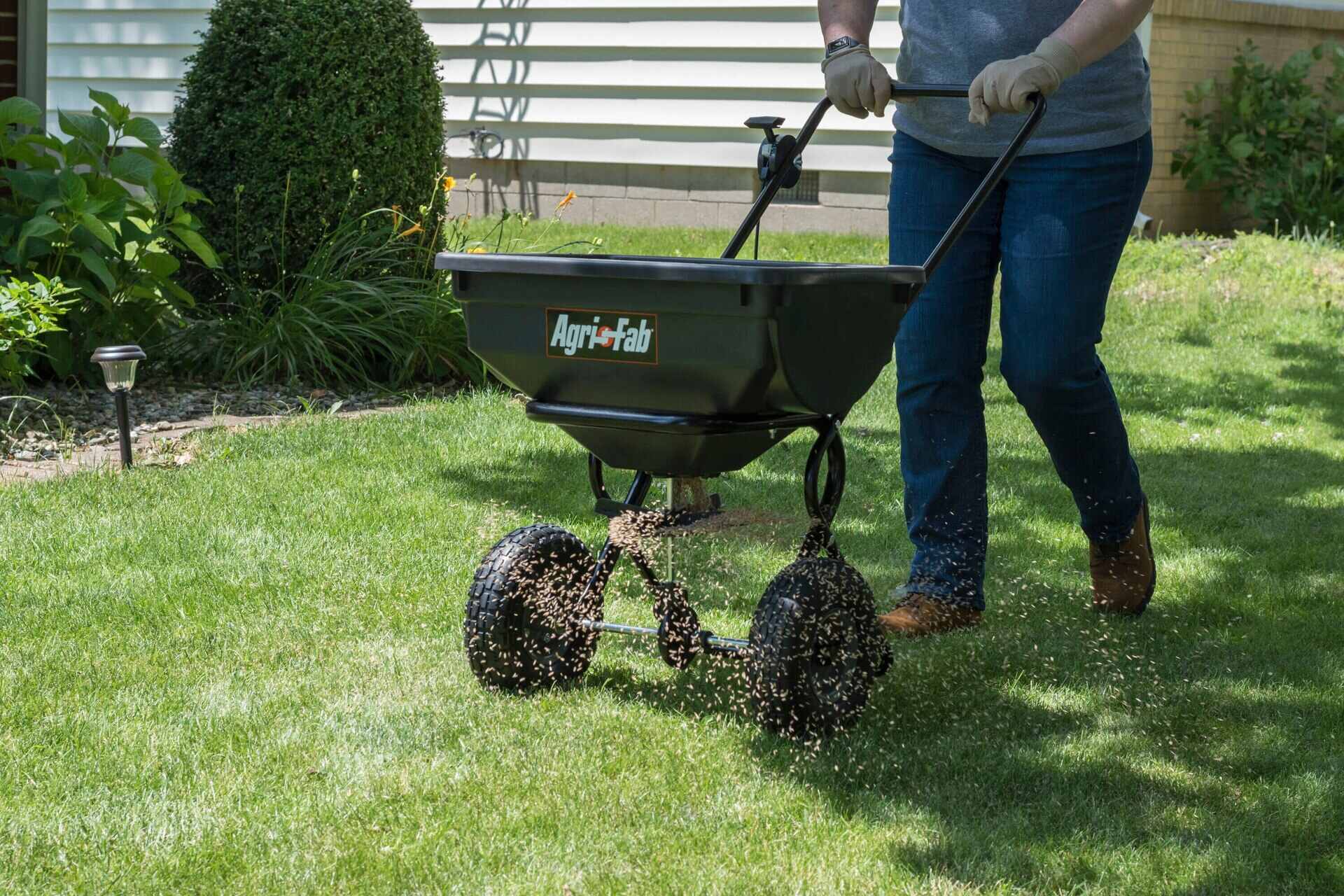
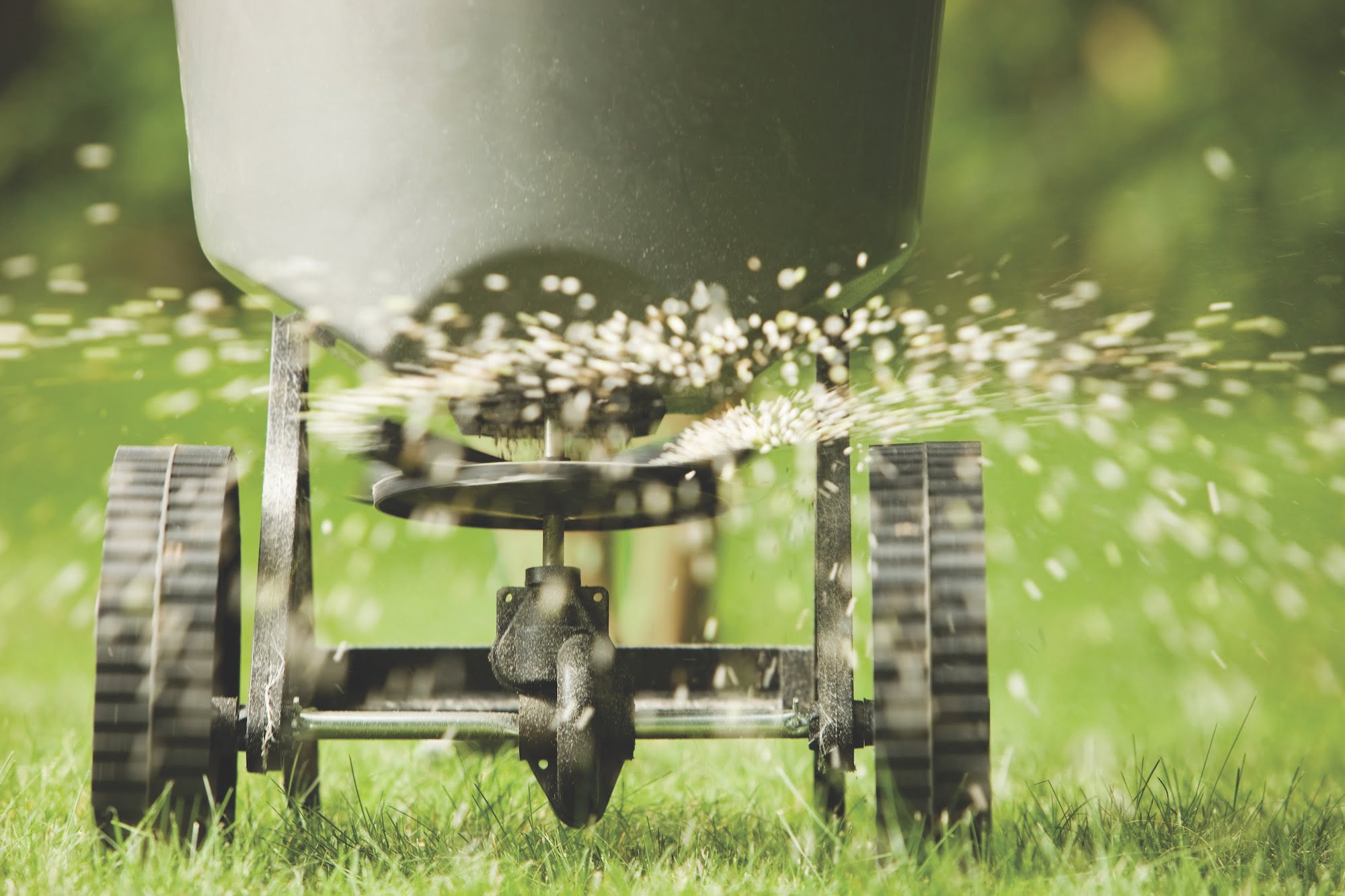
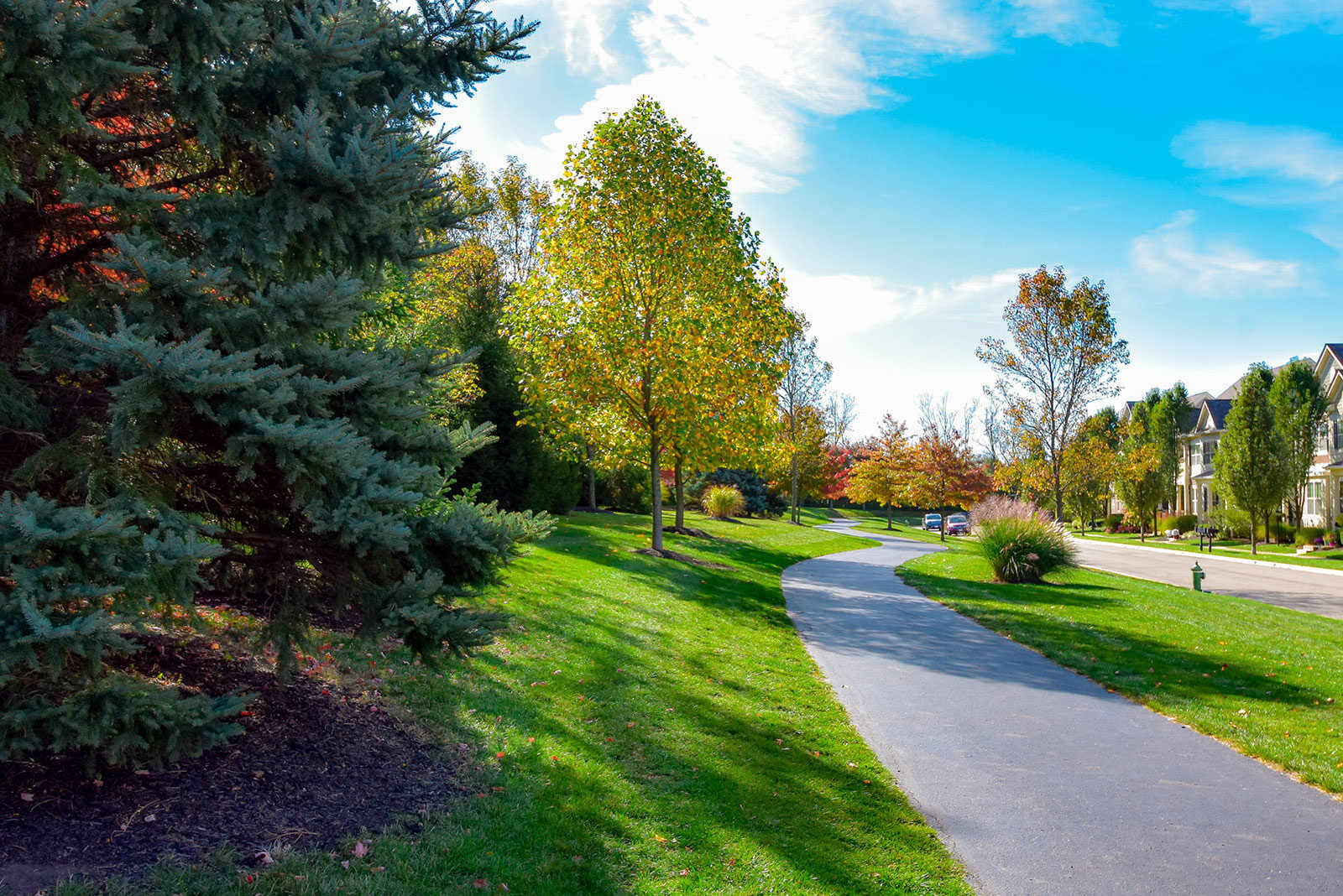
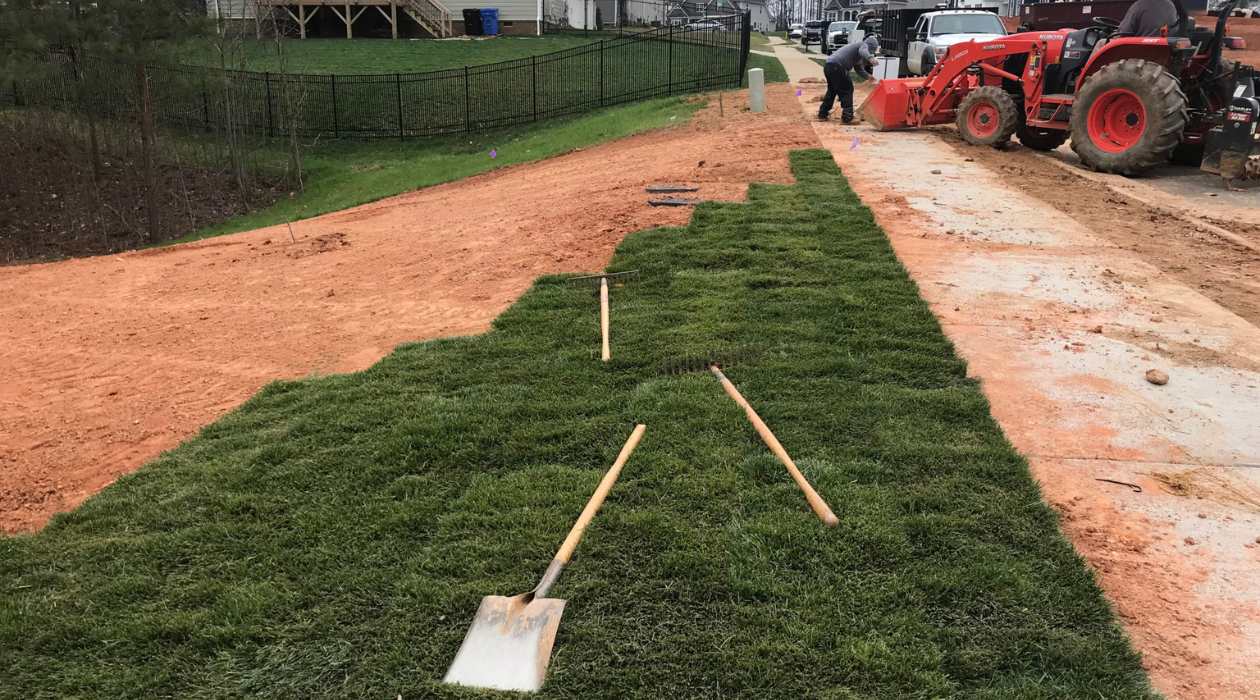
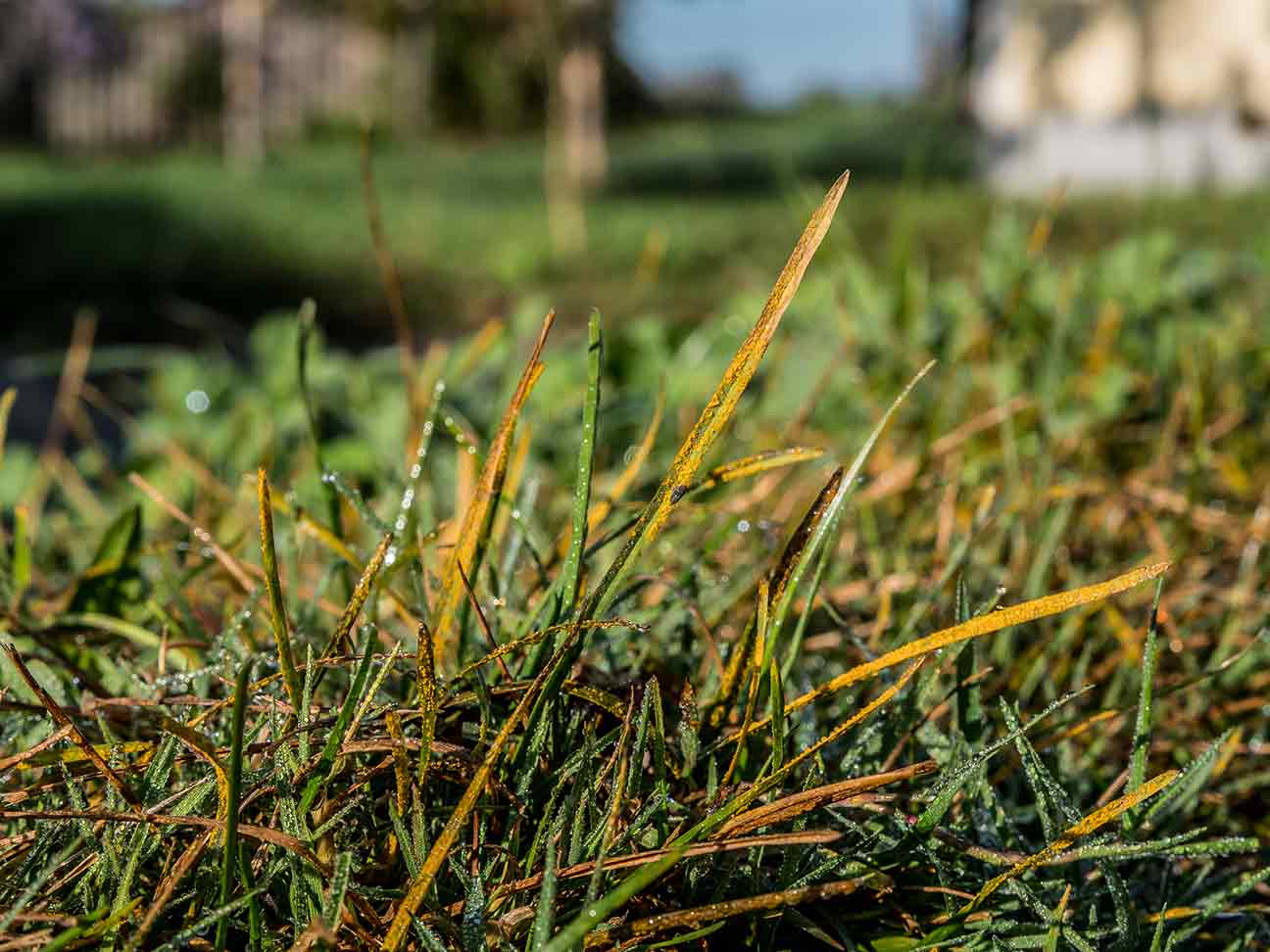
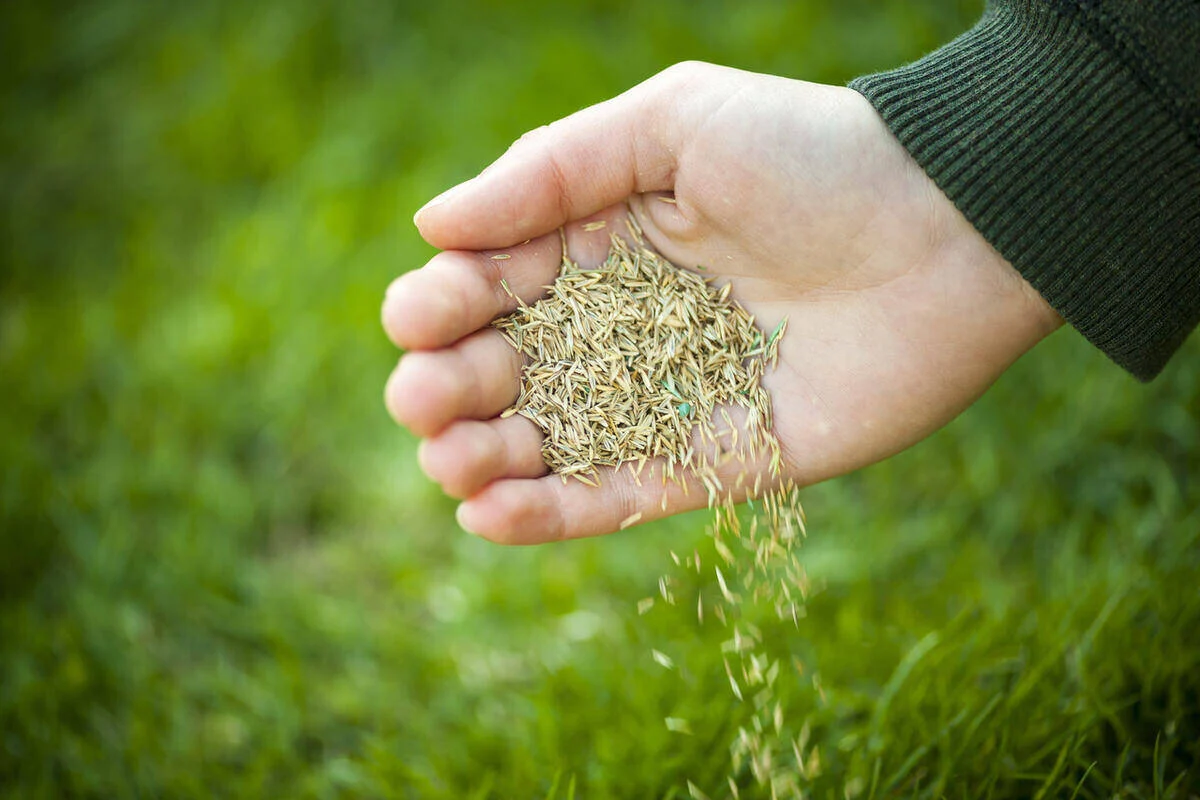
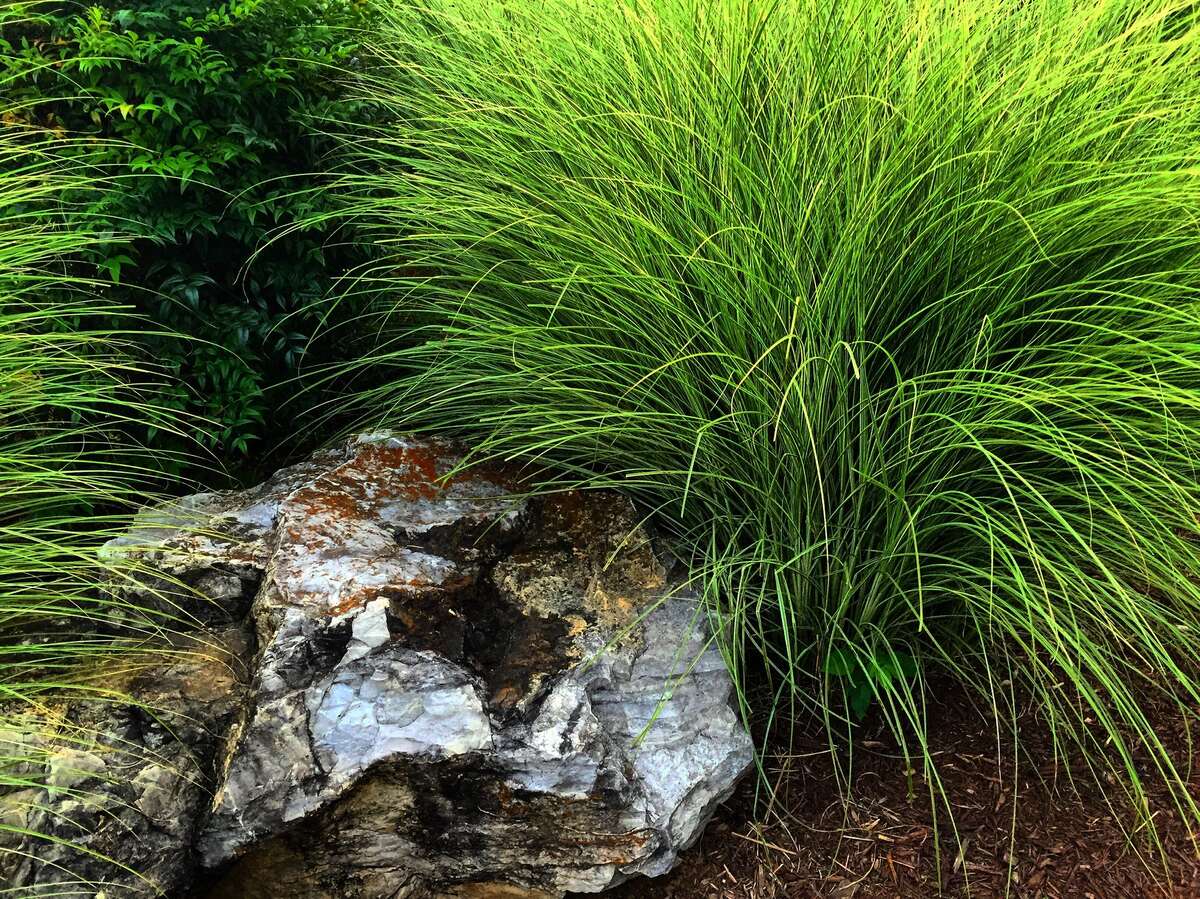
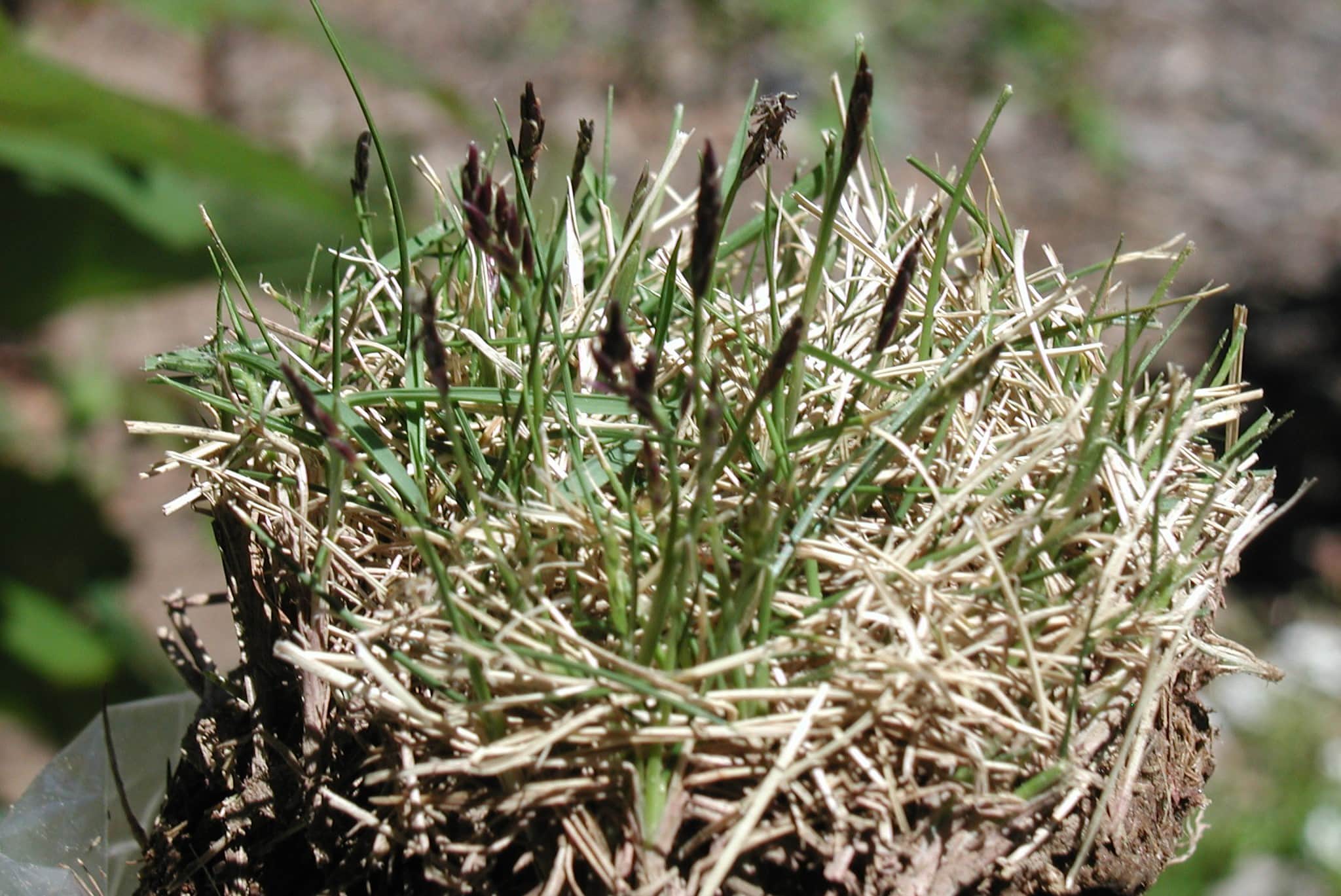

0 thoughts on “When Is The Best Time To Plant Grass Seed In Virginia”